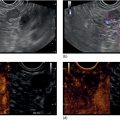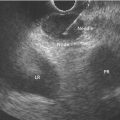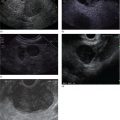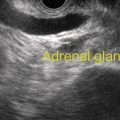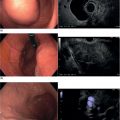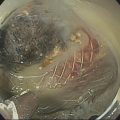Prashant Bhenswala1 and Frank G. Gress2 1 Department of Medicine, Mount Sinai South Nassau Hospital, Oceanside, NY, USA 2 Department of Medicine, Division of Gastroenterology and Hepatology, Icahn School of Medicine at Mount Sinai and Mount Sinai South Nassau Hospital, Oceanside, NY, USA Confocal laser endomicroscopy (CLE) is a relatively new technology that uses laser endomicroscopy in combination with fluorescein administered intravenously to image gastrointestinal (GI) structures. The technique for imaging the GI tract uses a catheter to deliver the confocal laser beam to achieve high magnification of cellular and subcellular structures in the GI tract. There have been several GI applications of CLE described, including identifying dysplasia in Barrett’s esophagus, detection of early gastric cancer, identifying dysplasia associated with inflammatory bowel disease, and diagnosing early cancer in colon polyps. Endoscopic ultrasound (EUS)‐guided needle‐based confocal laser endomicroscopy (nCLE) is a novel technique that uses EUS to guide a very small CLE probe through a 19‐gauge EUS needle. The ability to place a CLE probe into pancreatic cysts and solid lesions within the pancreas has changed the way we manage these lesions and has aided in their diagnosis.
51
How to do EUS‐guided Needle Confocal Laser Endomicroscopy of Pancreatic Cysts
Stay updated, free articles. Join our Telegram channel

Full access? Get Clinical Tree


